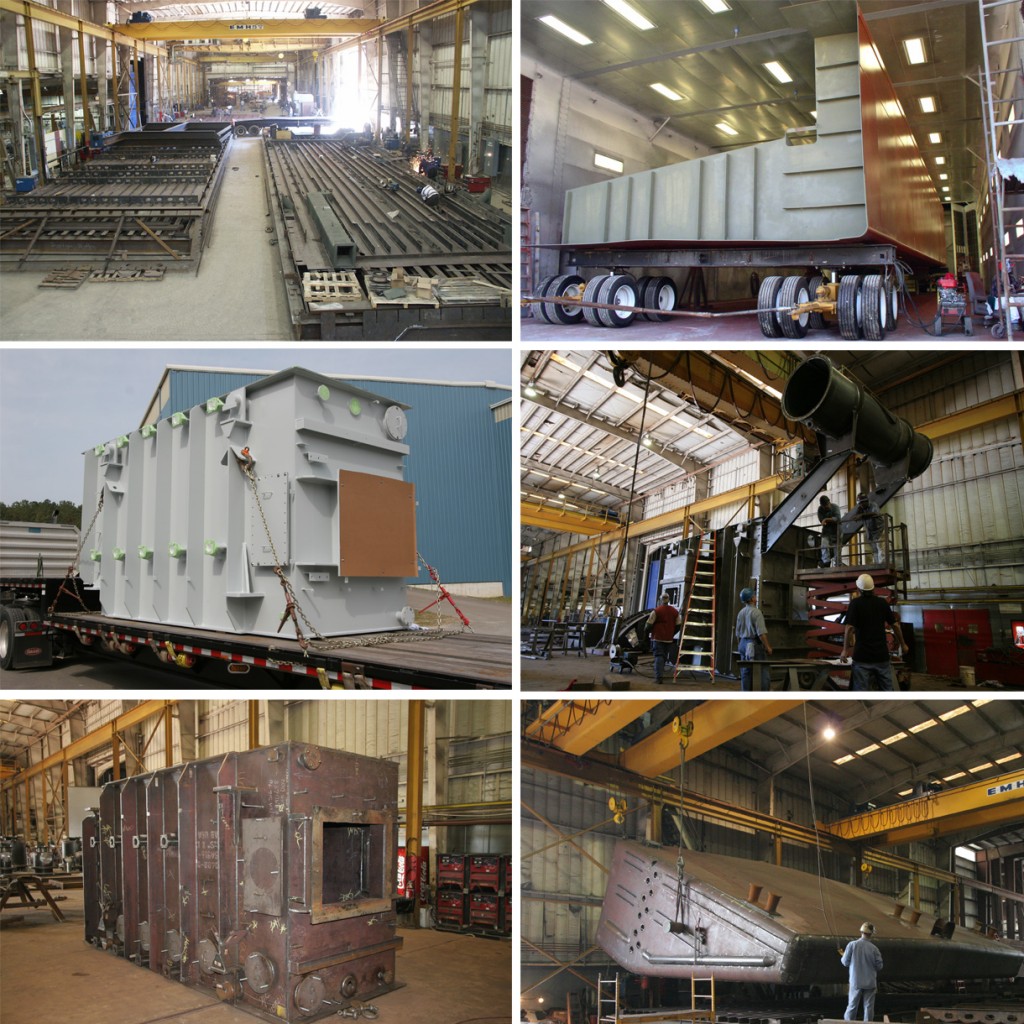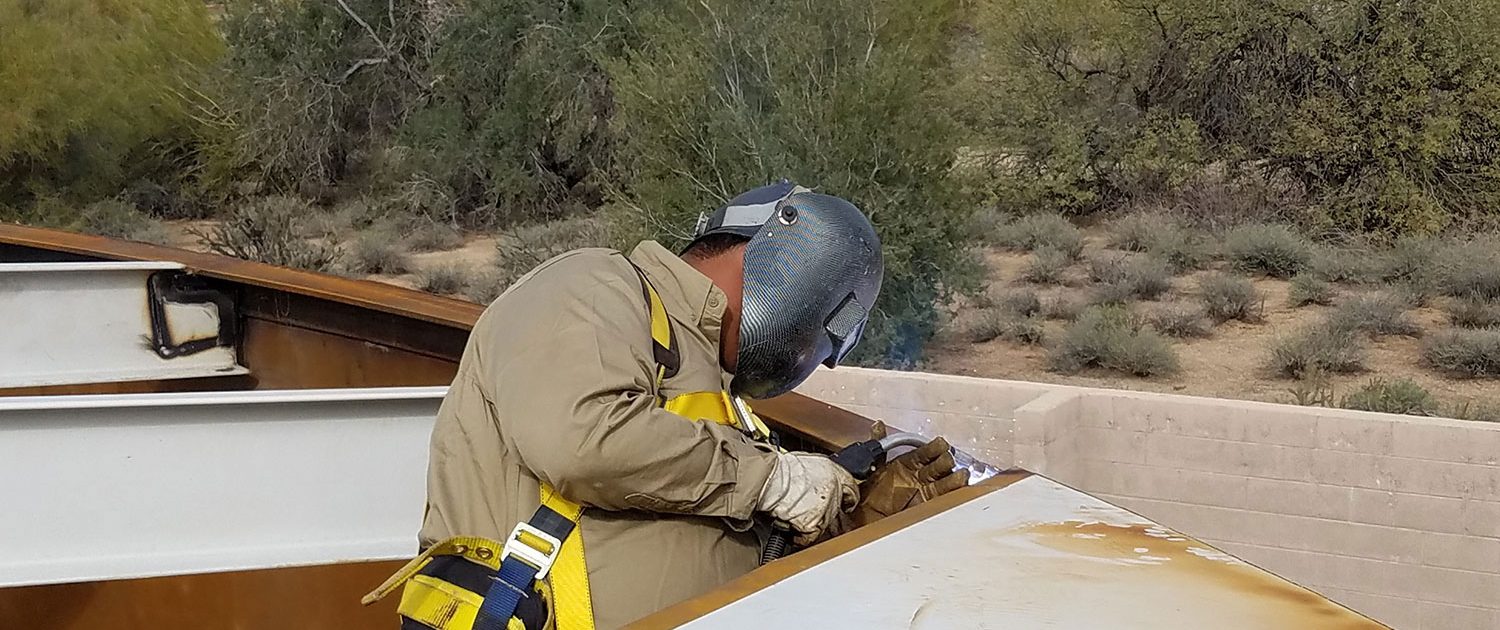Alpha Reo: Leading the Way in Reinforced Steel Solutions
Alpha Reo: Leading the Way in Reinforced Steel Solutions
Blog Article
Cutting-edge Trends in Steel Construction: Enhancing Resilience and Precision
In the world of steel manufacture, the pursuit of longevity and precision has led to a wave of innovative patterns that are improving the sector. These fads are not just forming the present however likewise laying the foundation for the future of steel fabrication, guaranteeing further improvements in toughness and precision.
Advanced Welding Technologies
In the realm of steel fabrication, the fostering of cutting-edge welding technologies has actually considerably changed the market's approach to attaining premium quality and precision in structural welds. Advanced welding innovations, such as laser beam of light welding and rubbing mix welding, have actually emerged as game-changers in the field. By leveraging these innovative welding strategies, steel makers can boost the durability, stamina, and precision of their structural welds, fulfilling the significantly demanding needs of modern building and construction jobs.
Robot Automation in Manufacture
Welcoming robot automation has become a cornerstone of modern steel manufacture techniques, enhancing and streamlining processes effectiveness across the industry. Robotics are changing the way steel components are made, supplying unmatched precision and rate while reducing human mistake. These automated systems can deal with repetitive tasks with constant precision, resulting in better final product.
One key advantage of robotic automation in steel fabrication is the capacity to work all the time without tiredness, dramatically enhancing production result. This constant operation lessens downtime and speeds up task timelines, ultimately conserving prices for suppliers. In addition, robotics can be programmed to execute detailed tasks that might be tough or dangerous for human workers, boosting security in the office.
Additionally, robotic automation makes it possible for seamless combination with various other electronic modern technologies, such as computer-aided layout (CAD) software application and Internet of Things (IoT) systems (Alpha reo). This interconnected technique boosts interaction in between different stages of construction, enhancing operations and making certain real-time tracking and control. As the steel manufacture industry remains to evolve, robot automation sticks out as a transformative force driving effectiveness and precision in producing procedures

High-Strength Alloy Advancement
The improvement of high-strength alloy growth in steel fabrication is reshaping the sector's method to enhancing material toughness and efficiency. High-strength alloys are crafted to show exceptional mechanical residential or commercial properties, such as boosted tensile strength, durability, and corrosion resistance contrasted to traditional steel grades. By incorporating these innovative alloys into construction procedures, makers can produce components that endure higher tension levels and rough settings, resulting in even more reputable and resilient final product.
One key benefit of high-strength alloy development is the ability to lower material density without endangering architectural honesty. This not just results in lighter-weight parts but also adds to cost financial savings and improved performance in manufacture and setting up procedures. The improved strength-to-weight ratio of these alloys enables for the design and building and construction of frameworks with higher load-bearing capabilities while minimizing overall weight.
3D Modeling and Simulation Software Application
Developments in steel manufacture processes have actually been substantially pushed by the integration of innovative 3D modeling more info here and simulation software program tools. These tools allow producers to produce detailed virtual models of their jobs, allowing them to envision the end product with precision prior to any physical job begins. By mimicing numerous stress aspects, ecological problems, and structural lots, makers can maximize layouts for enhanced resilience and efficiency. In addition, 3D modeling and simulation software application streamline the manufacturing process by recognizing potential concerns early, lowering the requirement for expensive rework and lessening product waste.

Lasting Practices in Steel Production
Integrating lasting methods into steel production processes is necessary for reducing environmental effect and ensuring long-lasting resource schedule. One key lasting method is the adoption of energy-efficient innovations to lower greenhouse gas discharges during the steel production procedure. This consists of making use of renewable resource sources, such as solar or wind power, to a fantastic read power steel explanation plants and applying energy-efficient tools to optimize power use.
An additional critical aspect of lasting steel production is the liable sourcing of resources. This involves ensuring that the iron ore and various other sources used in steelmaking are acquired from environmentally friendly and honest resources. By promoting openness in the supply chain and adhering to stringent environmental standards, steel suppliers can reduce the unfavorable impacts of source extraction on regional environments and areas.

Verdict
In verdict, the ingenious patterns in steel fabrication such as advanced welding modern technologies, robot automation, high-strength alloy development, 3D modeling and simulation software, and lasting methods are enhancing the sturdiness and precision of steel items. These developments are revolutionizing the steel manufacture market by boosting effectiveness, sustainability, and quality. It is clear that the future of steel fabrication depends on embracing these innovative technologies to fulfill the demands of contemporary construction and manufacturing sectors.
In the realm of steel manufacture, the pursuit of toughness and precision has actually led to a wave of innovative patterns that are improving the industry.In the realm of steel manufacture, the adoption of advanced welding modern technologies has substantially revolutionized the market's strategy to achieving exceptional quality and precision in architectural welds. As the steel fabrication industry continues to progress, robot automation stands out as a transformative force driving effectiveness and accuracy in making procedures.
Furthermore, recycling and recycling steel scrap and waste materials play a considerable function in boosting the sustainability of steel manufacturing. steel fabrication melbourne.In verdict, the cutting-edge trends in steel construction such as advanced welding innovations, robotic automation, high-strength alloy development, 3D modeling and simulation software program, and sustainable methods are boosting the sturdiness and precision of steel items
Report this page